The Electronic Intifada 3 April 2018
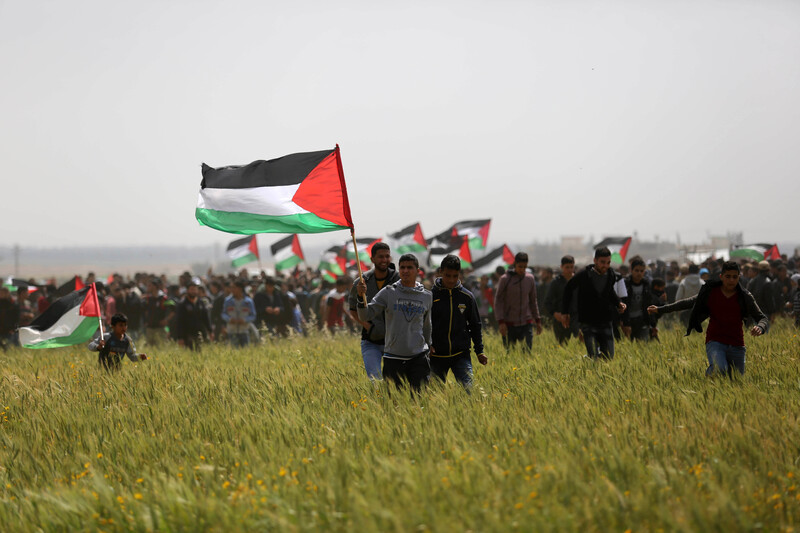
Palestinian protesters take part in a mass protest demanding the right to return to their homeland, Khan Younis, southern Gaza Strip, 30 March.
APA imagesTwenty-two Palestinians were fatally wounded by Israeli occupation forces in the West Bank and Gaza Strip during the month of March.
Eighteen Palestinians were fatally injured on 30 March, which saw the greatest number of Palestinian fatalities at the hands of occupation forces in a single day since Israel’s massive assault on the Gaza Strip in summer 2014.
Fourteen protesters were killed that day as occupation snipers opened fire on a mass demonstration held at various points along Gaza’s eastern boundary with in what Palestinian human rights group Al-Haq described as “a calculated, unnecessary, disproportionate and indiscriminate use of lethal force.”
Israel is detaining the bodies of two Palestinians – Muhammed Mhareb Muhammad al-Arabiyeh and Musab Zuheir Anis al-Saloul – killed during the protest. Israeli forces had prevented Palestinian search and rescue teams from evacuating the pair where they fell some 150 meters from the Gaza-Israel boundary fence.
An additional protester, 29-year-old Faris al-Ruqab, died of his injuries on 2 April.
Omar Wahid Samour, a 26-year-old farmer, was killed by artillery shelling that same day. He was the second farmer in Gaza to be killed by Israeli forces during the month; Muhammad Abu Jaame, 59, was fatally shot while working his land in southern Gaza near the boundary with Israel on 3 March.
Two Palestinian resistance fighters, Sari Walid Abu Awda, 27, and Hamdan Ismail Abu Amsha, 23, were also killed by tank fire on 30 March in Beit Hanoun in the north of Gaza in an incident separate from the protest rallies.
Around 1,400 others were injured during the 30 March demonstration dubbed the Great March of Return, more than half of them by live fire. Several journalists were among those shot and wounded.
“Medical facilities in Gaza, which have already been overstrained by the longstanding shortages of medical supplies, electricity and fuel, are struggling to cope with the overwhelming number of casualties,” the United Nations Office for the Coordination of Humanitarian Affairs (OCHA) stated that day.
West Bank
Three Palestinians were killed by Israeli forces in the West Bank during the month of March:
Muhammad Zain al-Jaabari, a 28-year-old deaf man, was killed during confrontations between Palestinians and occupation forces in Hebron on 9 March.
Omayr Shehadeh, 19, was killed on 10 March during confrontations that broke out as armed Israeli settlers entered multiple Palestinian communities in the Nablus area.
Abd al-Rahman Bani Fadel, 28, was shot dead near the entrance to the al-Aqsa mosque compound in the Old City of Jerusalem on 18 March after he allegedly stabbed an Israeli settler, Adiel Coleman, 32, who died of his injuries that same day.
Israel has withheld the body of Bani Fadel along with the remains of approximately 20 other Palestinians slain by its forces, some for nearly two years.
Two occupation soldiers were killed in the West Bank on 16 March in what Israel called a deliberate car-ramming attack. The Palestinian driver who hit the soldiers, Ala Qabha, 27, was arrested.
Five Israelis and two alleged assailants have been killed during Palestinian attacks or alleged attacks during the year, OCHA stated on 29 March.
Thirty-nine Palestinians have been killed by Israeli forces since the beginning of 2018, including a protester shot in Gaza and a Palestinian motorist shot in the West Bank on 3 April.
Gaza gun battle
Also during the month of March a Palestinian fighter was killed and two others were injured when a rocket that an armed group was aiming towards Israel exploded at the launch site.
Two security officers in Gaza and two others were killed on 22 March during a gun battle between the authorities and the main suspect in the bombing attack on the convoy of Palestinian Authority prime minister Rami Hamdallah earlier in the month. Seven bodyguards travelling in the convoy were injured during the 13 March bombing in northern Gaza.
Meanwhile the sole power plant in Gaza temporarily shut down after exhausting its fuel reserves. “The severe electricity crisis has continued to undermine the delivery of essential services, including health, water and sanitation, directly impacting the lives of two million people living in Gaza,” OCHA stated.
Rafah crossing, the sole point of exit and entry for the vast majority of Gaza’s two million residents, was exceptionally opened by Egypt for three days during March, allowing 830 Palestinians to enter the territory and another 620 to exit.
“According to the Palestinian authorities in Gaza, more than 23,000 people, including humanitarian cases, are registered and waiting to cross Rafah,” OCHA stated.
“Since the beginning of 2018, the crossing has been opened on only 10 days; five days in both directions and five days in one direction.”
The deaths of 24 Palestinian refugees in Syria as a result of the ongoing war in the country were recorded during the month of March, the vast majority them fighters killed in battle alongside government forces in Eastern Ghouta and other areas in and around Damascus.
Two Palestinian children, aged 6 and 16, were reported killed by government shelling on Yarmouk south of Damascus, and an infant girl died due to the lack of medical care in the besieged refugee camp.

Palestinians protest against US President Donald Trump’s recognition of Jerusalem as the capital of Israel, Maghazi refugee camp, central Gaza Strip, 2 March.
APA images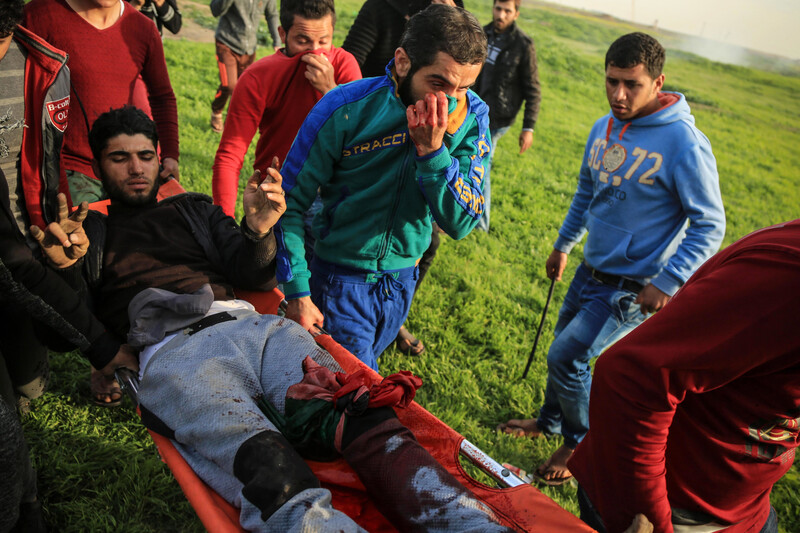
A protester is evacuated after being injured by Israeli occupation forces east of Gaza City on 2 March.
APA images
Palestinian Authority leader Mahmoud Abbas meets with Inam al-Attar, a Palestinian girl from Gaza with kidney failure, at his headquarters in the West Bank city of Ramallah on 2 March. Al-Attar’s parents were not allowed to travel with the girl to the West Bank for surgery. Her mother was eventually allowed by Israel to join the girl in Ramallah. In February, 10-year-old Marah Diab died awaiting permission to leave Gaza for treatment for kidney failure. Diab’s family blames the Palestinian Authority health minister in Ramallah for refusing the family’s request to transfer the girl to a hospital in Israel for kidney transplant surgery.
APA images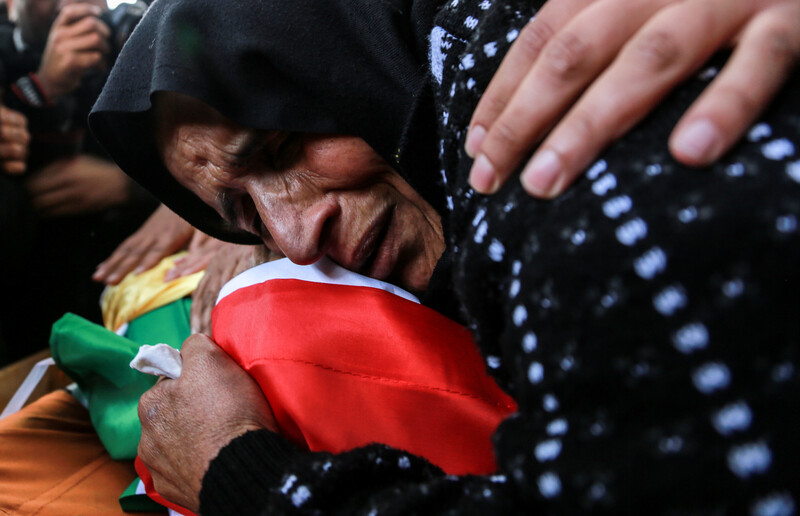
The family of Muhammad Abu Jaame mourn during the man’s funeral in Khan Younis, southern Gaza Strip, on 4 March. The farmer was killed by Israeli forces while working his land near the boundary with Israel the previous day.
APA images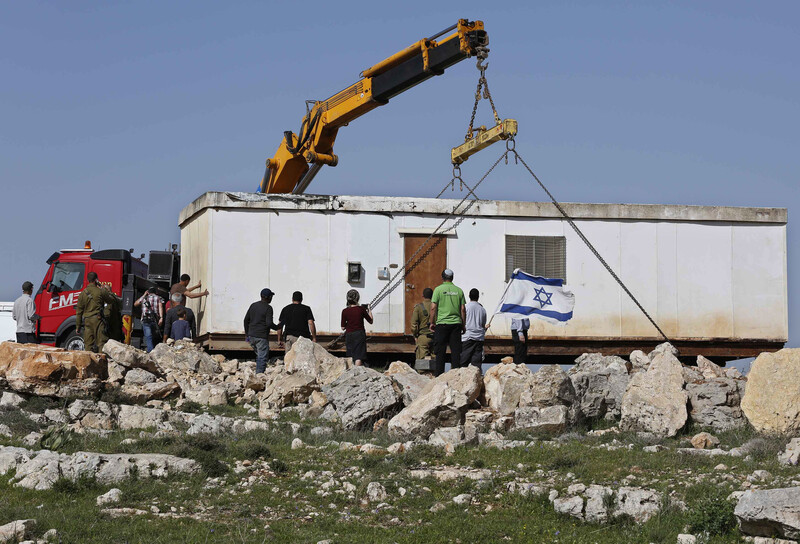
A new mobile home for Israeli settlers is installed on Palestinian land near the Kiryat Arba settlement in the West Bank city of Hebron on 5 March.
APA images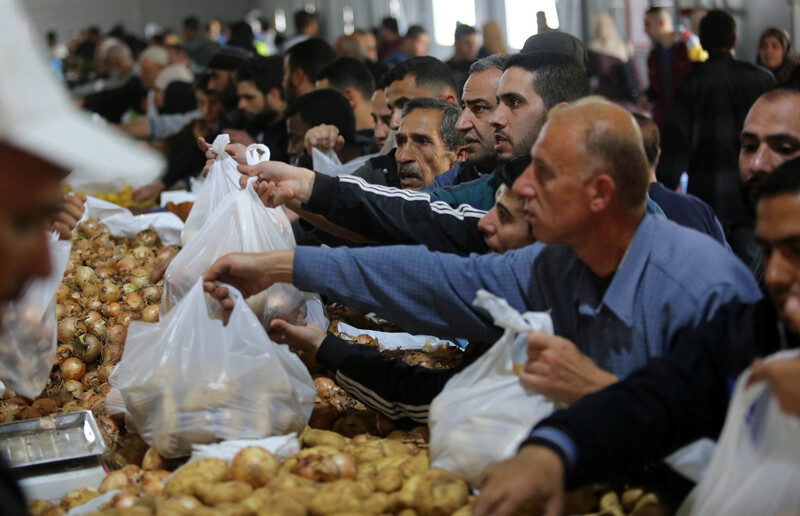
Palestinians shop at a central market in Gaza City financed by the government of Qatar, 8 March.
APA images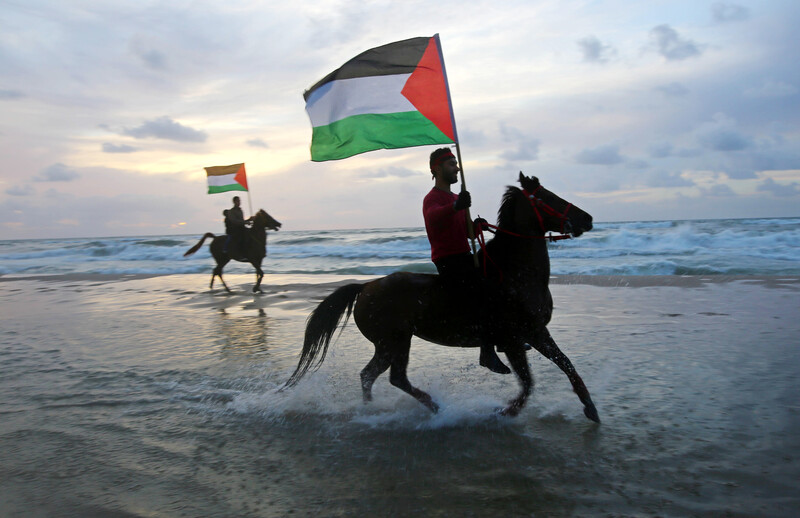
Palestinians perform during an equestrian show at the beach in Gaza City, 9 March.
APA images
Palestinians try to evacuate Muhammad Zain al-Jaabari after he was shot by Israeli occupation forces during a protest against Trump’s Jerusalem declaration in the West Bank city of Hebron, 9 March. Al-Jaabari died of his wounds that day.
APA images
A Palestinian boy hurls stones towards Israeli occupation forces during a protest against Trump’s Jerusalem declaration in the West Bank city of Hebron on 9 March.
APA images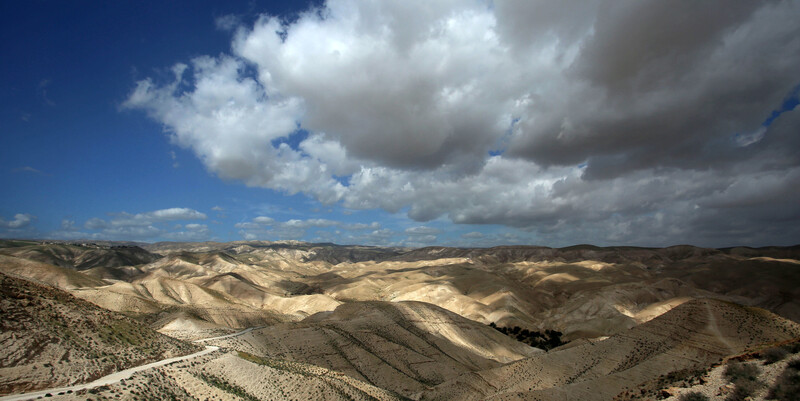
Clouds pass over Wadi Qelt near the West Bank city of Jericho on 10 March. Wadi Qelt is a valley running west to east across the Judean desert in the West Bank, originating near Jerusalem and terminating near Jericho.
APA images
Palestinian mourners carry the body of Omayr Shehadeh, 19, during his funeral near Nablus in the occupied West Bank on 11 March. Shehadeh was killed the previous day during confrontations that broke out as armed Israeli settlers entered Palestinian communities in the Nablus area.
APA images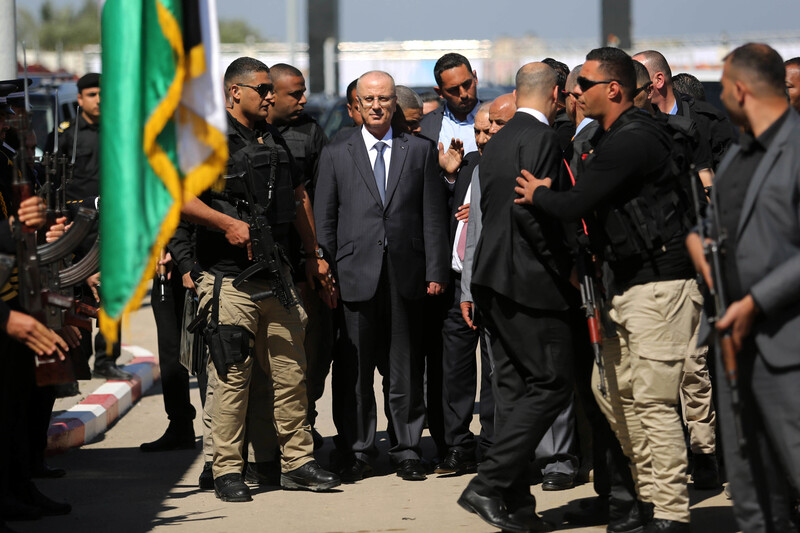
Palestinian Authority Prime Minister Rami Hamdallah is escorted by bodyguards upon his arrival to the inauguration of a wastewater treatment plant shortly after an explosion targeted his convoy in the northern Gaza Strip on 13 March. Hamdallah cut short his rare visit to Gaza after the explosion.
APA images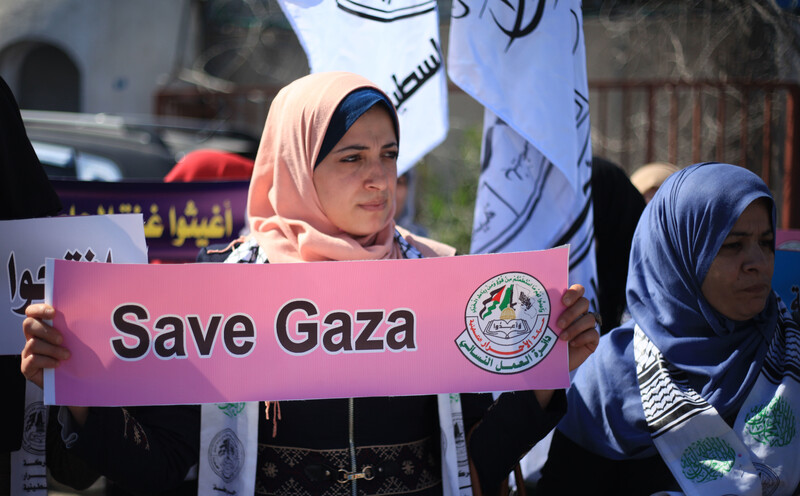
Palestinian women protest against the siege on Gaza in front of UNESCO headquarters in Gaza City on 13 March.
APA images
The family of fisher Ismail Abu Riyala mourn during his Gaza City funeral on 15 March, two weeks after he was killed by Israeli occupation forces while fishing off Gaza’s coast. His body had been detained by Israel following the 25 February incident.
APA images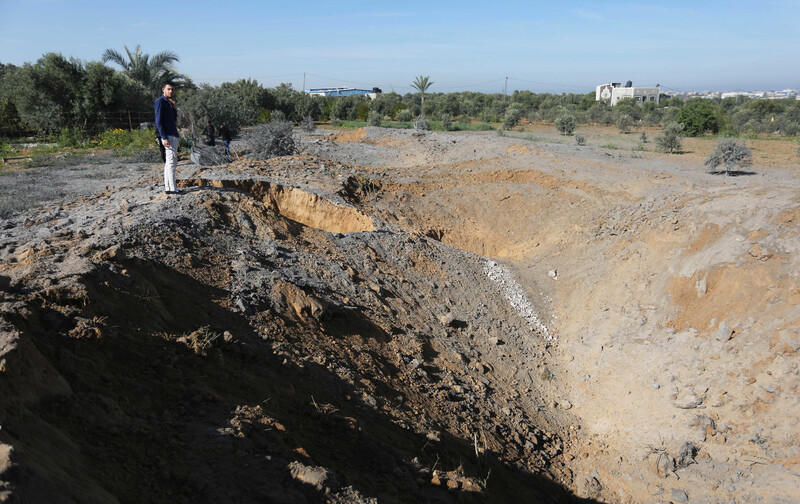
Palestinian men stand at the site of an Israeli airstrike in Gaza City on 18 March. Israeli fighter jets attacked overnight after an explosive device was detonated near the boundary with Israel, the military said.
APA images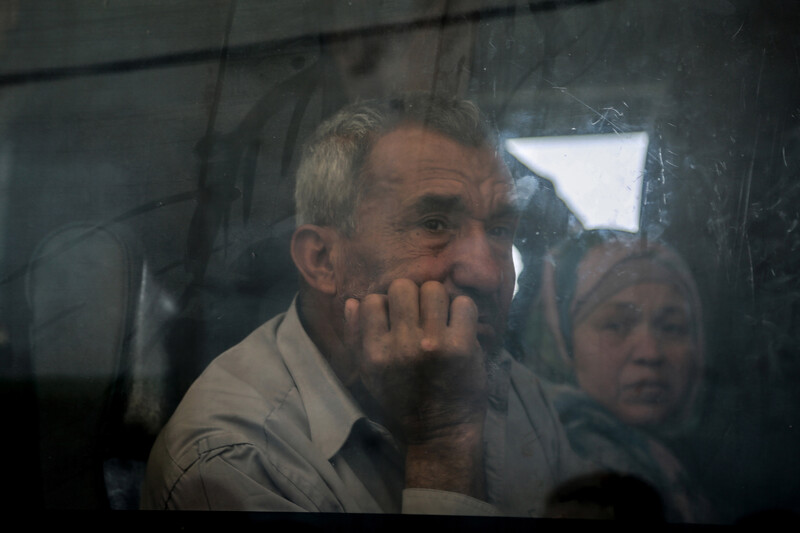
Palestinians wait for permission to cross into Egypt via Rafah crossing in southern Gaza after it was opened by Egypt for humanitarian cases on 23 March.
APA images
Tayseer Hassan Suleiman receives medical treatment in a Nablus, West Bank, hospital after Israeli settlers attacked him while he was working on his land, 26 March.
APA images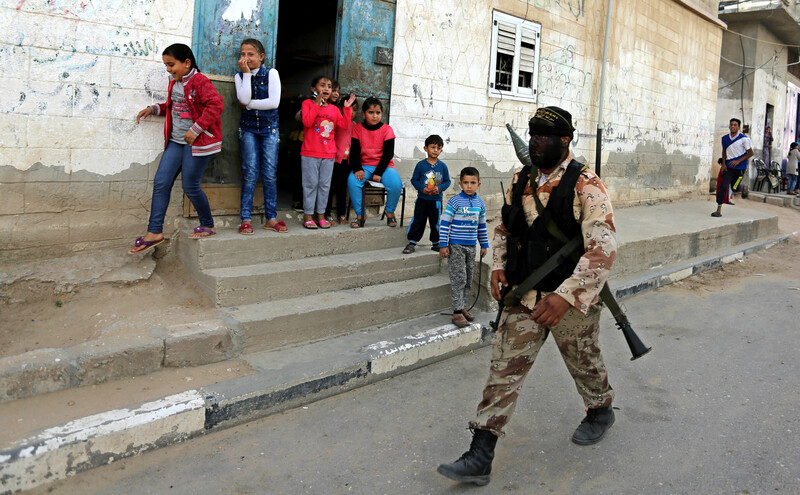
Palestinian children watch as Islamic Jihad militants march during a military drill in Khan Younis, southern Gaza Strip, 27 March.
APA images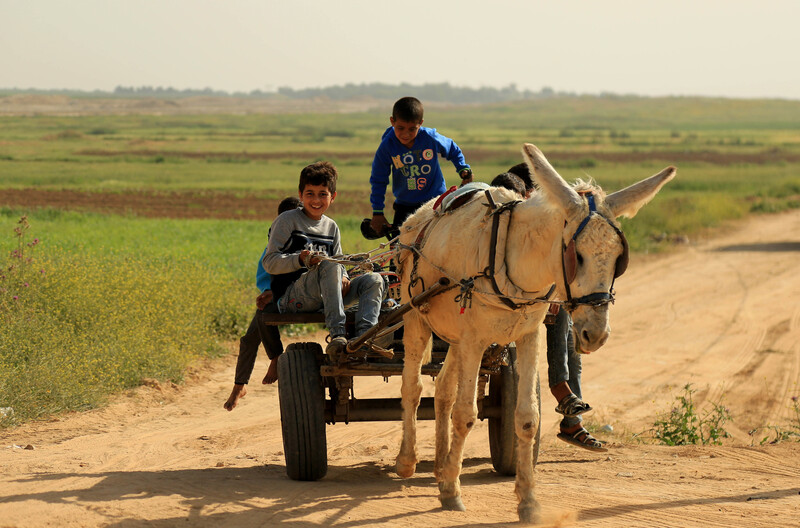
Palestinian boys ride a donkey cart near the Gaza-Israel boundary on the outskirts of Gaza City on 27 March.
APA images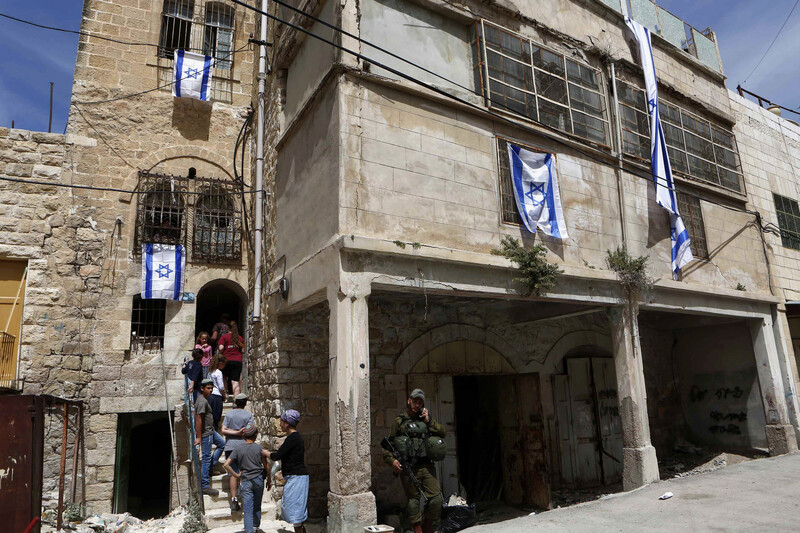
An Israeli soldier guards a family of Israeli settlers standing in front of a Palestinian home after they occupied the building near Hebron’s Ibrahimi mosque the previous night, 27 March.
APA images
Palestinians gather next to tents pitched along the Gaza-Israel boundary east of Jabaliya, northern Gaza, on 29 March ahead of a six-week protest camp dubbed the Great March of Return.
APA images
The Great March of Return protest near Jabaliya refugee camp, northern Gaza, viewed from across the Israeli boundary.
ActiveStills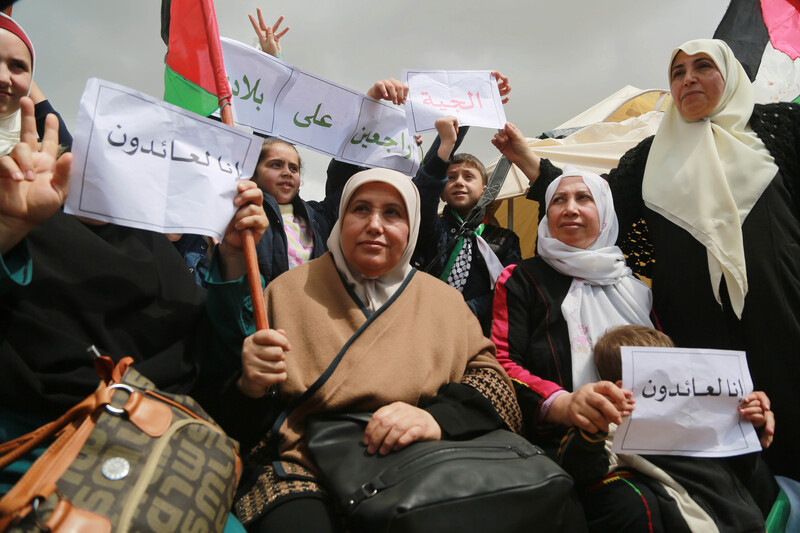
Palestinians hold signs declaring their right to return during a mass protest east of Gaza City on 30 March.
APA images
A Palestinian woman is evacuated after being injured by Israeli occupation forces during the Great March of Return protest, Khan Younis, southern Gaza Strip, 30 March.
APA images
An Israeli soldier tosses a tear gas canister during confrontations with Palestinian protesters on 31 March in the West Bank city of Hebron as a general strike was called by local leaders in solidarity with Gaza.
APA images

